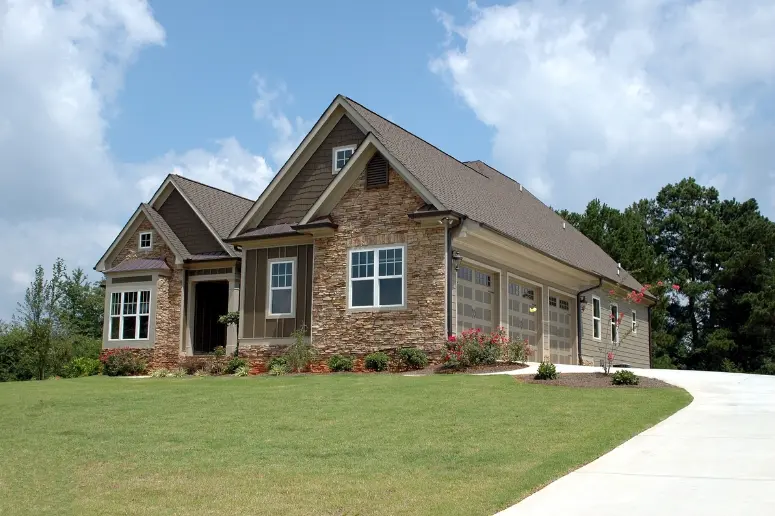Building a new family house is a significant undertaking that involves careful planning, meticulous execution, and a deep understanding of various aspects of construction. From the initial stages of conceptualization to the final touches, the journey of constructing a family home is both exciting and challenging. Let’s see what are the most important stages and aspects of building a new family house.
Preliminary planning
Before laying the foundation, it’s crucial to define the purpose and vision of your new family home. Consider the size of your family, your lifestyle, and any specific needs or preferences. Establishing clear goals will guide the entire construction process. The budget for your project should reflect your goals, yet stay realistic at the same time, factoring in construction costs, permits, landscaping, and potential contingencies.
When you’re done planning, select the right location. Consider proximity to schools, workplaces of family members, and any essential services (especially those already frequented by your family). Evaluate the neighborhood, local amenities, and future development plans that might impact your living experience.
House design
Qualified architects can contribute to the process a lot, maximizing the use of space, making sure that the building codes are respected, and incorporating innovative and sustainable design elements. It is always recommended to work closely with experts and pros to develop detailed construction plans. These plans should encompass the layout, room dimensions, materials, and other specifications.
By the way, navigating building codes (including local ones) and obtaining permits is crucial. Ensure that all necessary permits are secured before breaking ground, avoiding potential delays and legal issues down the line.
Site preparation and structural work
Prepare the construction site by clearing any obstacles and excavating the foundation area. This stage sets the groundwork for the building process and ensures a level and stable foundation. Don’t forget that you should choose an appropriate foundation type based on soil conditions and building requirements. Common types include:
slab,
- crawl space,
- basement foundations.
A strong and well-built foundation is essential. It safeguards the structural integrity of the entire house.

It is better to personally coordinate the installation of utilities such as water, electricity, and sewage. The house should be equipped with essential services from the start.
Once the foundation is in place, the framing process begins – it involves erecting the structural skeleton of the house: walls, floors, and the roof. Quality framing is essential for the stability and longevity of the future home.
Interior and exterior
First thing is the insulation. Any good house needs it to regulate temperature, ensure energy efficiency, and simply provide you with much needed coziness. Proper insulation helps maintain a consistent temperature inside the house and reduces heating/cooling expenses.
The other factor here is your taste in flooring. Choose materials that align with your vision and practical needs. And, of course, stylistically suitable baseboards will only make things better. And in general – pay attention to details, as small elements contribute to the overall aesthetics of the house immensely.
Vital systems of the house
Coordinate the installation of electrical wiring and plumbing systems. It’s better to employ licensed professionals for these tasks, since guaranteeing the safety and functionality of your home is an absolute must. Same goes for any repair works you order for your devices and gadgets – Smart Addiction in Bay Ridge can do it best. If the wiring isn’t done properly, you’ll have to repair laptops and phones way more often than normally!
Install heating, ventilation, and air conditioning (HVAC) systems to maintain a comfortable indoor climate. It is recommended nowadays to choose energy-efficient options, thus minimizing long-term operational costs.
On the side note, consider integrating smart home technology during the construction phase. Smart thermostats, security systems, and lighting can enhance convenience, security, and energy efficiency.
Outdoor spaces
You can surely enhance the curb appeal and functionality of your new house by investing in a thoughtful landscape design. Consider features such as gardens, patios, and outdoor living spaces to create a welcoming and enjoyable environment.
Conclusion
Building a new family house is a complex yet rewarding process that requires careful consideration at every stage. From initial planning and design to the final touches, each step contributes to the creation of a safe, comfortable, and functional living environment for your family. With enough diligence and attention to detail you’ll turn your vision of a dream home into a reality.